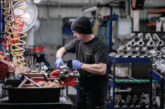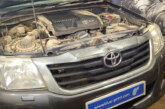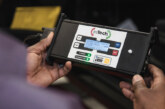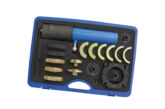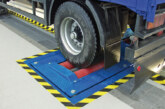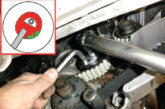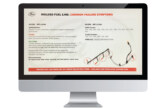
James Walker, Commercial Director at Fraikin, discusses how truck maintenance processes are seeping into the management of LCV fleets.
Between 1950 and the end of 2017, the number of LCVs on our roads rose from 457,000 to around 3.9 million, an increase of more than 800%.
Though a change in the driving licence threshold to 3.5 tonnes in 1997 prompted a move toward heavier vans over traditional 7.5 -tonne trucks, the main driving force in recent times has been the huge boom in dot com home delivery contracts.

Incredibly, the UK represents the third largest ecommerce market in the world, after China and the USA. This highly competitive online marketplace means the demand for last-mile deliveries is going up, with many businesses having to operate a near 24/7 timetable. This intense operating schedule makes managing unexpected downtime key to fleets delivering on time, every time.
As keeping vehicles on the road has become such a critical factor, many operators are moving from a car-derived leasing model to businesses delivering truck-based levels of care, such as Fraikin. As one of the largest independent contract hire, fleet management and rental specialists in Europe, we’re experienced in minimising commercial vehicle downtime.
Fundamentally, the difference between the car-leasing model and our approach to fleet management lies in our pre-emptive approach to vehicle maintenance.
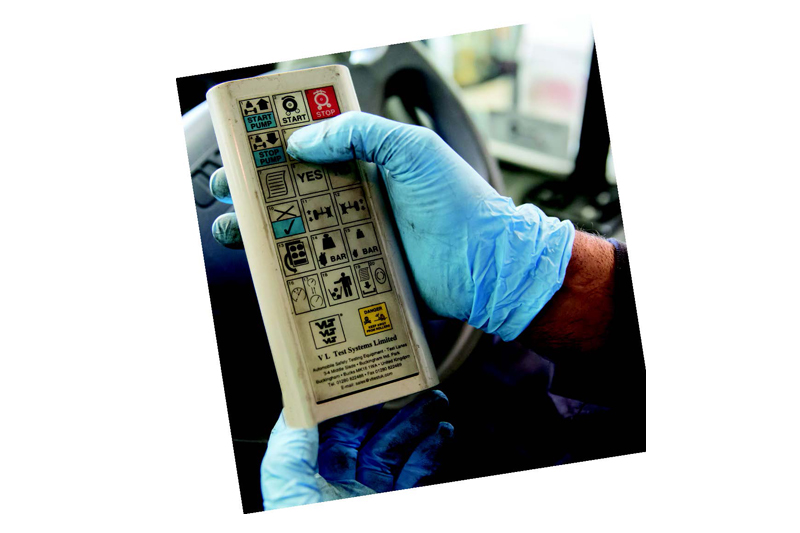
As an example, we conduct preventative maintenance inspections (PMIs) on every LCV we manage, checking key items including brake pads, lights, oil levels and tyres, with any replacement parts fitted there and then. This commitment to prevention, vehicle uptime and safety comes directly from our HGV disciplines.
These inspections can be arranged out of hours to maximise vehicle uptime and minimise any impact to their business. Plus, by using our mobile servicing fleet, we can inspect a customer’s assets without them needing to leave their operating base. It’s an approach proven in the truck sector, where customers are used to being able to drop vehicles off in the evening, ready for collection in the morning.
But in our experience, this commitment to LCV servicing levels is an exception in the industry, rather than the rule. We frequently talk to prospects whose vans are being entrusted to a car dealership for maintenance – with the major downsides being daytime opening hours and a wait of anywhere from a few days to a fortnight when a vehicle needs to be booked in.
For new vehicles, despite each van not requiring an MOT inspection for three years, we will carry out a ‘bumper-to-bumper’ annual service regardless, making any necessary repairs. We don’t believe in waiting for a warning light to show on the dashboard – we aim to catch the majority of issues before they result in downtime for our customers.
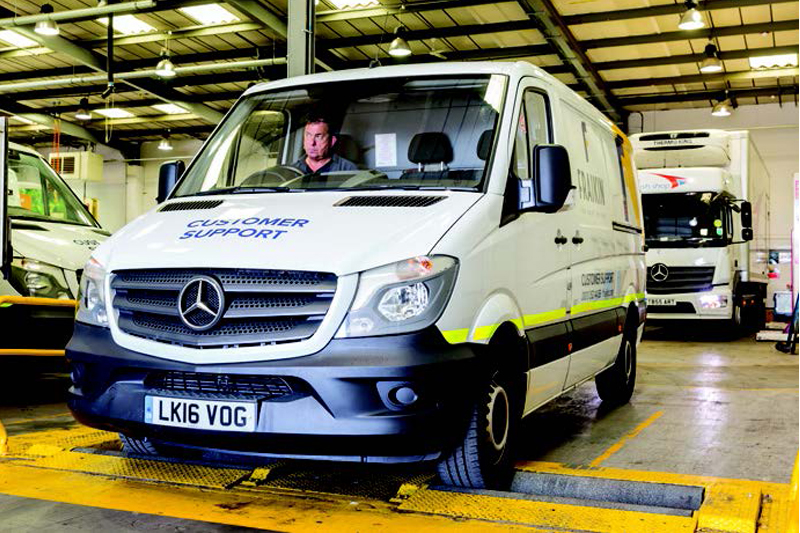 Of course, should any urgent or unscheduled repair work be required, our longstanding connections to dealers and OEMs ensure parts can be sourced quickly and easily. Several major manufacturers class Fraikin as one of their largest pan- European customers, so we enjoy the very highest standards of service in return – which naturally benefits our customers.
Of course, should any urgent or unscheduled repair work be required, our longstanding connections to dealers and OEMs ensure parts can be sourced quickly and easily. Several major manufacturers class Fraikin as one of their largest pan- European customers, so we enjoy the very highest standards of service in return – which naturally benefits our customers.
We can also rapidly deploy mobile technicians from any of our depots, meaning urgent repair work can be completed in a matter of hours rather than days. With plans to soon double the number of mobile technicians, we will be able to support more customers than ever before.
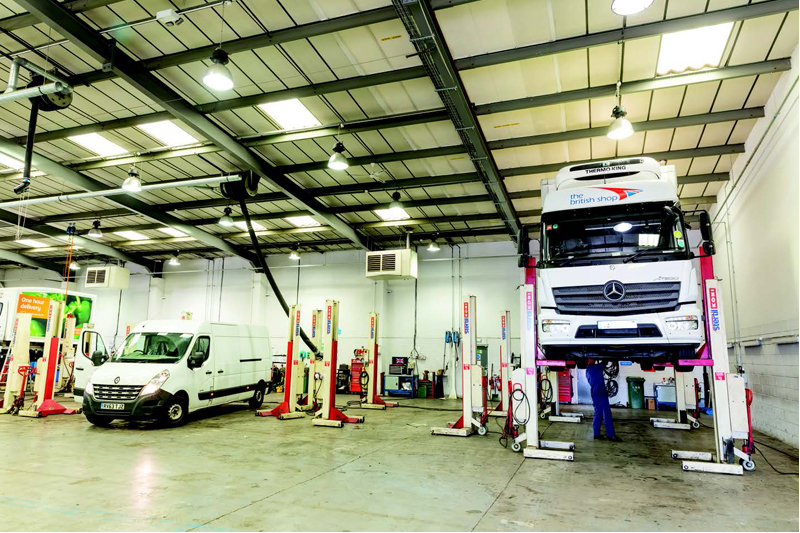
To help build on our pre-emptive approach, customers also have a dedicated Key Account Manager who provides detailed business analysis about the fleet. This enables us to spot trends, providing feedback to customers if a particular vehicle has required more maintenance or repair work than would be considered normal.
This information can be used to ensure changes are made to future vehicle specifications, highlighting how potentially equipping assets with additional safety equipment, such as reversing cameras, could help prevent future repair work if the rear body of the vehicle was continually being damaged.
Our adoption of truck disciplines for LCV fleet management has seen us significantly reduce downtime for our customers. It’s a philosophy we’re proud of, and one we are continuing to introduce for growing numbers of operators.

